Introduction
Measuring electrical resistance is one of the most effective techniques for switches and sensors of pressure, bend, strain, and stretch.
Capacitance measurements are also very popular and many micro-controllers build in circuitry to do the heavy lifting.
Resistive sensing excels when it comes to speed because long delays for integration and filtering of other methods are not required.
With resistive sensing it is also possible to use an exposed conductive array for many different resistive materials. These requirements are why the new FingerPhone touch musical instrument uses custom chips for resistive sensing.
The touch surface is primarily intended to be played with the fingers but the exposed gold-plated maze patterned conductors provide a surface ideal for explorations and hacking with different conductive materials and objects.
This video captures some of my initial hacking experiments:
The inter-digitation pattern you see with resistive sensors makes them respond to uneven interactions with the conductor and also increase the number of parallel paths for charge to flow.
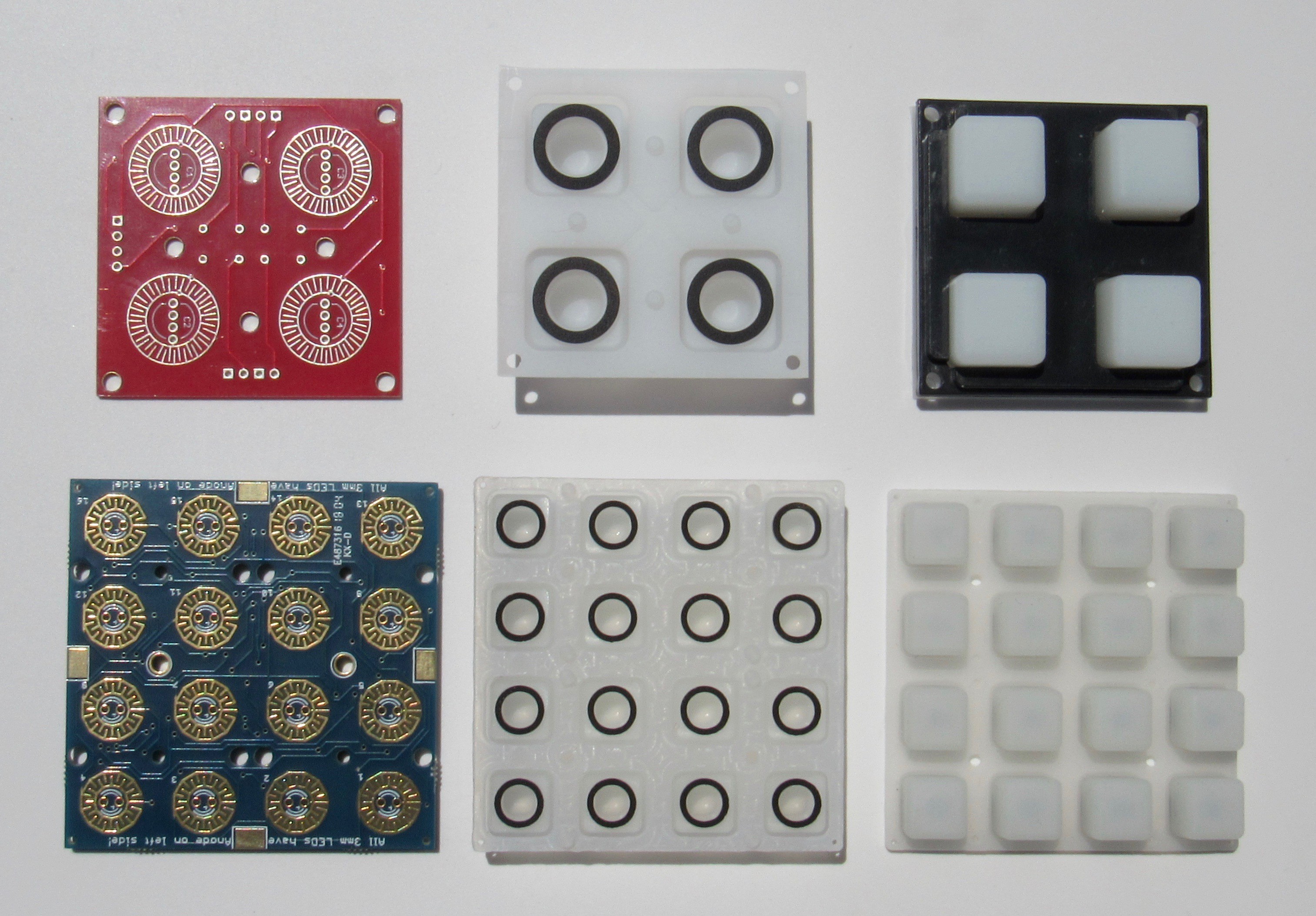
Repurposed off-the-shelf Objects
A wire mesh tablet stylus works well. It is so conductive however that it only provides a switch. On the other hand a conductive rubber stylus uses a material that is piezoresistive - its resistance goes down as you squeeze it. The FingerPhone has “touch” sensitivity where the sound amplitude and tone quality change according to resistance so a rubber stylus is recommended.
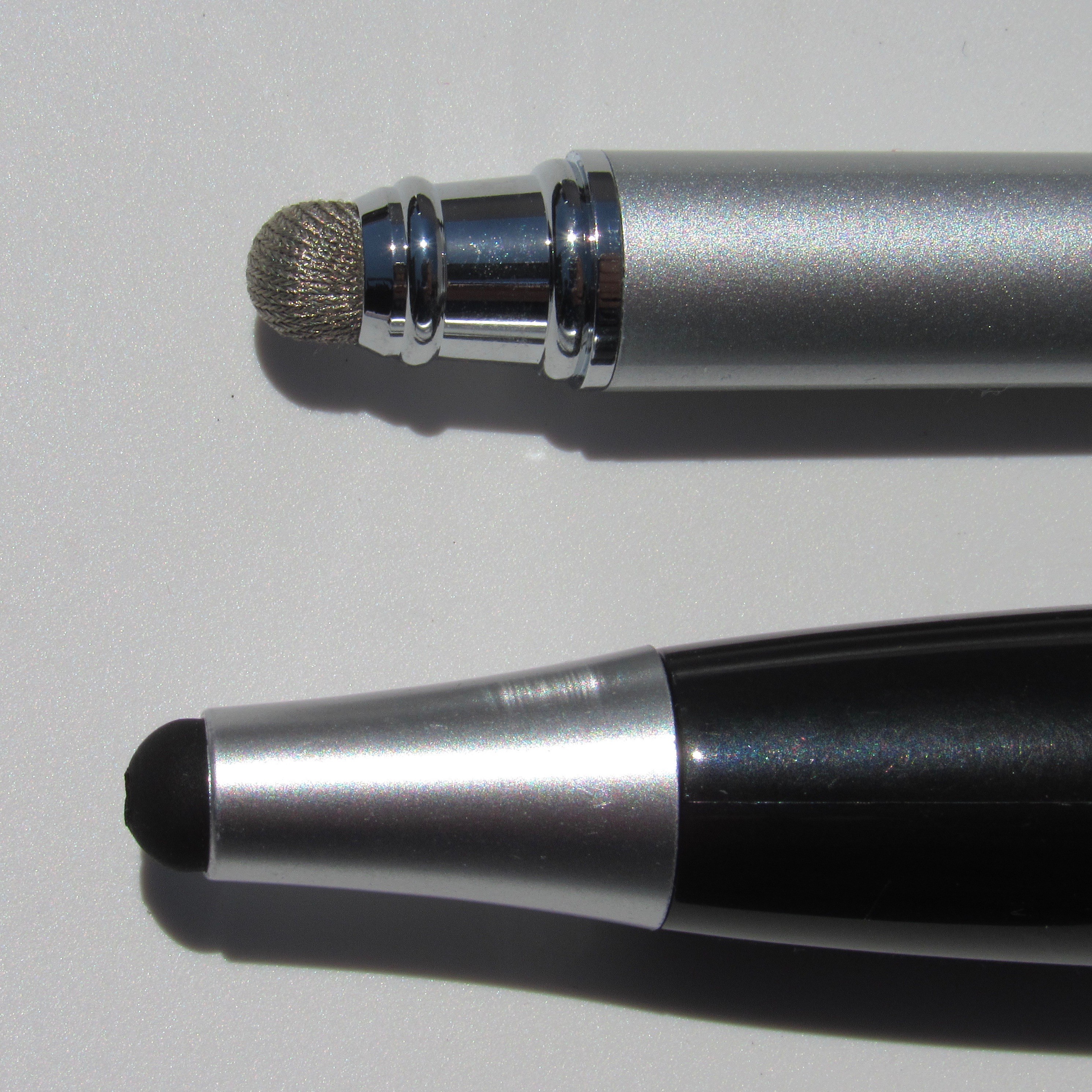
Scavenged materials
A few rules of thumb can help you identify candidate materials and objects
to hack with:
- Shiny, metallic materials are often very conductive. As they oxidize they become less conductive
- Conductive materials that are not metals are usually black or grey - they are usually mixtures that contain carbon
- The darker they are the more conductive they are
- Conductive rubber built into silicone switches is very conductive
- Conductive foam to package ICs for shipping vary a lot in conductivity - the darker it is the more they conduct
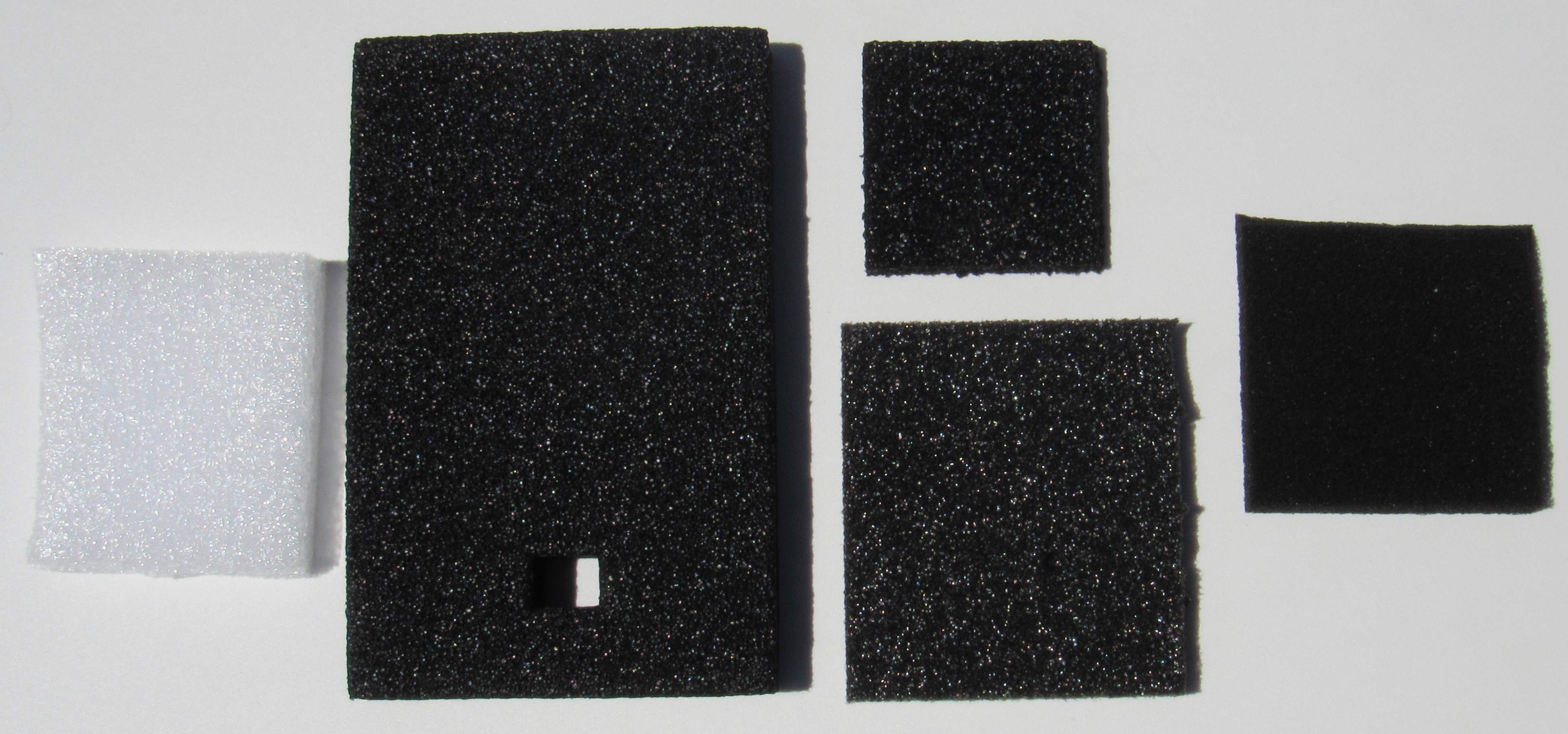
Foams from left to right: insulating, somewhat conductive, very conductive
- Water in its pure form is not very conductive, salts and minerals make it more conductive
- Most bottled, rain and tap water have plenty of minerals dissolved in
- Pure water is only really available inside semiconductor factories
- Your breath is a source of salty water droplets
- Most fruit have a waxy insulating coating
- Bananas become more conductive as they ripen
- Adding salt to foods or “play doughs” make them more conductive
- Piezoresistive materials are usually “squishy”. Compression increases the number of paths for charge to travel lowering the resistance
- Non-woven conductive fabrics provide the most repeatable piezoresistive results
- Bags and sheets of Velostat are a cheap source of a resistive plastic (polypropylene)

From top to bottom: DIY conductive paper, Velostat and Eeonyx fabric
- Some cardboard boxes to package ICs use conductive paper
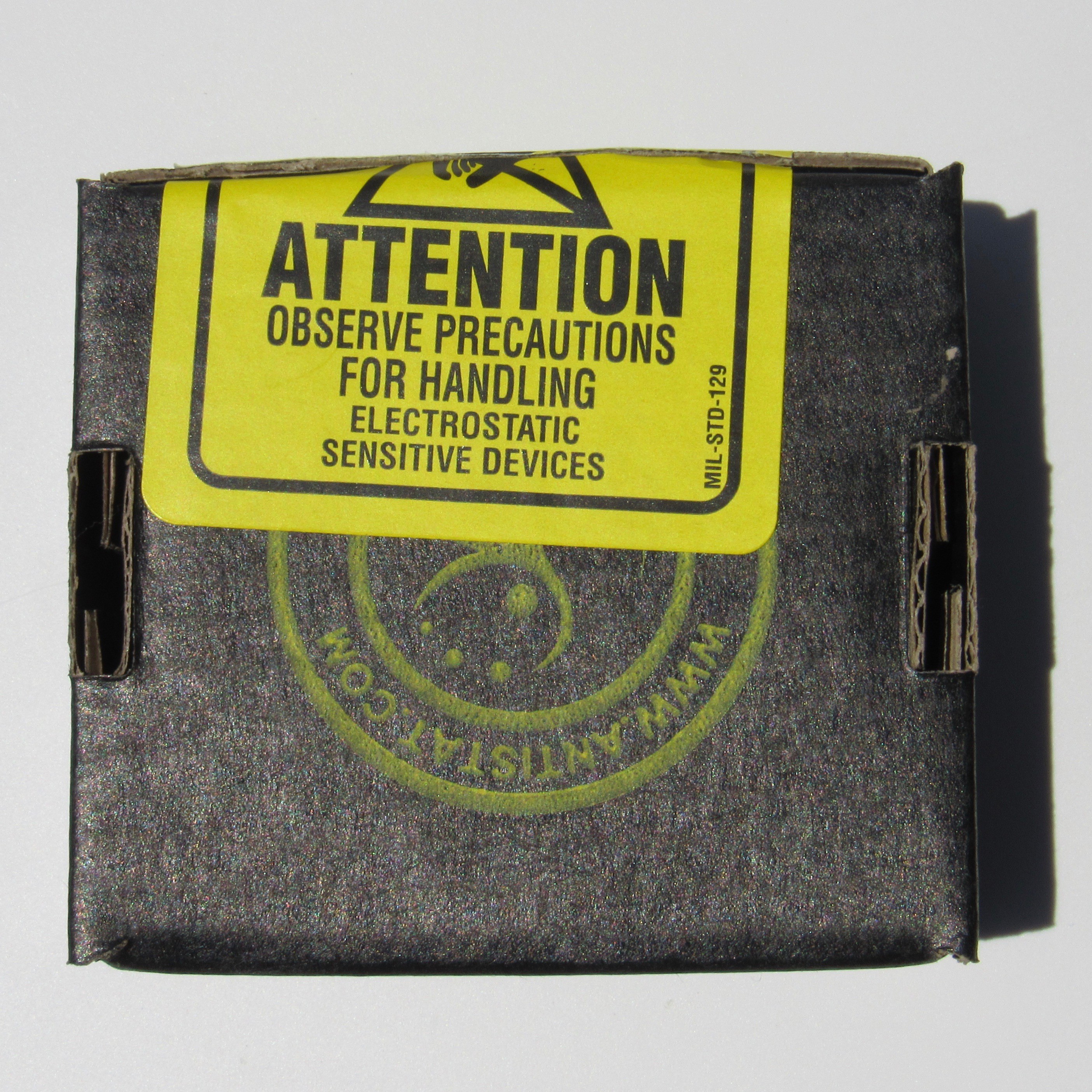
DIY Materials
You can endow many materials with conductivity using safe and relatively simple processes at home. The well-known approach is to mix graphite into inks and glues.
Recently a more flexible approach has been made possible at DIY scale using conductive polymers. The paper strip above was done this way by Martin deBie. Feathers, fabric and paper are a good place to start as recently documented in the polysense project.
 Adrian Freed
Adrian Freed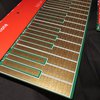

thanks